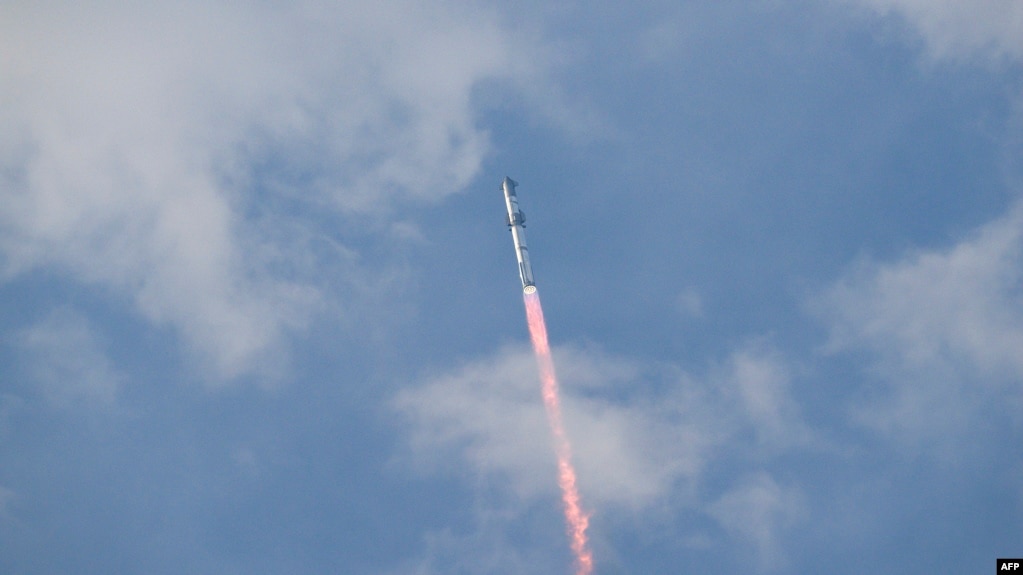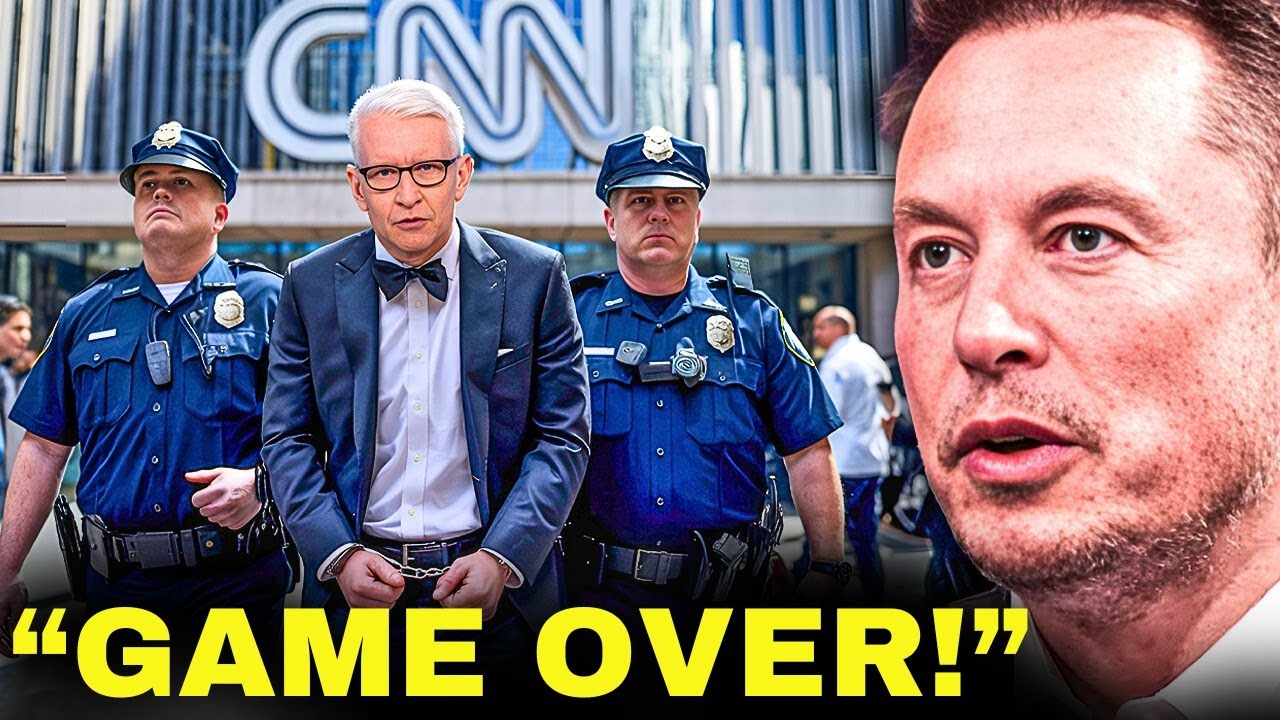
SpaceX’s Starship spacecraft launches from Starbase in Boca Chica, Texas, March 14, 2024
SpaceX is building a network of hundreds of spy satellites under a secret contract with U.S. intelligence agencies, five sources familiar with the program said, reflecting a deepening relationship between billionaire entrepreneur Elon Musk’s space company and U.S. national security agencies.
The network is being built by SpaceX’s Starshield business unit under a $1.8 billion contract signed in 2021 with the National Reconnaissance Office (NRO), an intelligence agency that manages spy satellites, sources said.
The plans show the extent of SpaceX’s involvement in US military and intelligence projects, and show the Pentagon’s deeper investment in low-Earth satellite systems to support forces on the ground.
If successful, the program would dramatically enhance the ability of the U.S. government and military to rapidly detect potential targets almost anywhere in the world, the sources said.

The contract signals the intelligence community’s growing confidence in a company whose owners have clashed with the Biden administration and sparked controversy over its use of Starlink satellite connectivity during the Ukraine war, sources said.
The Wall Street Journal reported in February on a top-secret $1.8 billion Starshield contract with an unidentified intelligence agency without detailing the purpose of the program.
Reuters first reported that SpaceX had won a contract to build a powerful new spy system with hundreds of Earth-imaging satellites that could operate as a swarm in low orbit, and that the spy agency Musk’s company was working with was the National Reconnaissance Office (NRO).

Reuters could not determine when the new satellite network would be operational and could not determine which other companies were participating in the program with their own contracts.
SpaceX, the world’s largest satellite operator, did not respond to multiple requests for comment about the contract, its role in the contract and details of the satellite launches. The Pentagon referred requests for comment to the NRO and SpaceX.
In a statement, the NRO acknowledged its mission to develop a sophisticated satellite system and partnerships with other government agencies, companies, research organizations and countries, but declined to comment on Reuters’ findings about the extent of SpaceX’s involvement in the effort.
![]()
“The National Reconnaissance Office is developing the most capable, diverse and flexible space-based intelligence, surveillance and reconnaissance system the world has ever seen,” the spokesperson said.
The satellites could track targets on the ground and share that data with U.S. military and intelligence officials, the sources said. In principle, that would allow the U.S. government to quickly capture continuous imagery of ground activity almost anywhere in the world, supporting intelligence and military operations.
About a dozen prototypes have been launched into space since 2020, along with other satellites using SpaceX’s Falcon 9 rocket, three sources said.
A U.S. government database of objects in orbit shows that several SpaceX missions have deployed satellites that neither the company nor the government has ever acknowledged. Two sources confirmed that they were prototypes of the Starshield network.
All sources requested anonymity because they were not authorized to discuss the U.S. government program.

The Pentagon, a major SpaceX customer, uses the Falcon 9 rocket to launch military payloads into space. One of the sources said the first Starshield prototype satellite launched in 2020 was part of a separate contract worth about $200 million that helped SpaceX win the $1.8 billion contract.
The Starshield network is separate from Starlink, SpaceX’s growing commercial broadband constellation of about 5,500 satellites in space to provide near-global internet to consumers, businesses and government agencies.
The secret spy satellite constellation program is one of the most coveted capabilities in space by the United States government because it is designed to provide the most continuous, widespread, and rapid coverage of activities on Earth.

“There is nothing to hide,” one of the sources said of the system’s potential capabilities, describing the network’s reach.
Elon Musk, who is also the founder and CEO of electric carmaker Tesla and owner of social media company X, has pushed for innovation in the space but has also caused frustration among some Biden administration officials over control of Starlink in Ukraine, where Kyiv’s military uses it to communicate during its war with Russia. Control and use of Starlink in a war zone belongs to Musk, not the U.S. military, creating tension between him and the U.S. government.
The Starshield network is part of an intensifying competition between the United States and its rivals to become the dominant military power in space, in part by expanding surveillance satellite systems in place of bulky, expensive spacecraft in higher orbits. Instead, a vast, low-orbit network could provide faster, near-continuous imagery of Earth.
China also plans to start building its own satellite constellations, and the Pentagon has warned of space weapons threats from Russia that could potentially disable entire satellite networks.
Starshield aims to be built more solidly against attacks from complex space forces.

The network is also intended to significantly expand the U.S. government’s remote sensing capabilities and would include large satellites with imaging sensors, as well as a larger number of relay satellites that transmit imaging data and other communications across the network using lasers between satellites, two of the sources said.
The NRO includes personnel from the US Space Force and the CIA and provides classified satellite imagery to the Pentagon and other intelligence agencies.
The spy satellites will carry sensors supplied by another company, three sources said.





